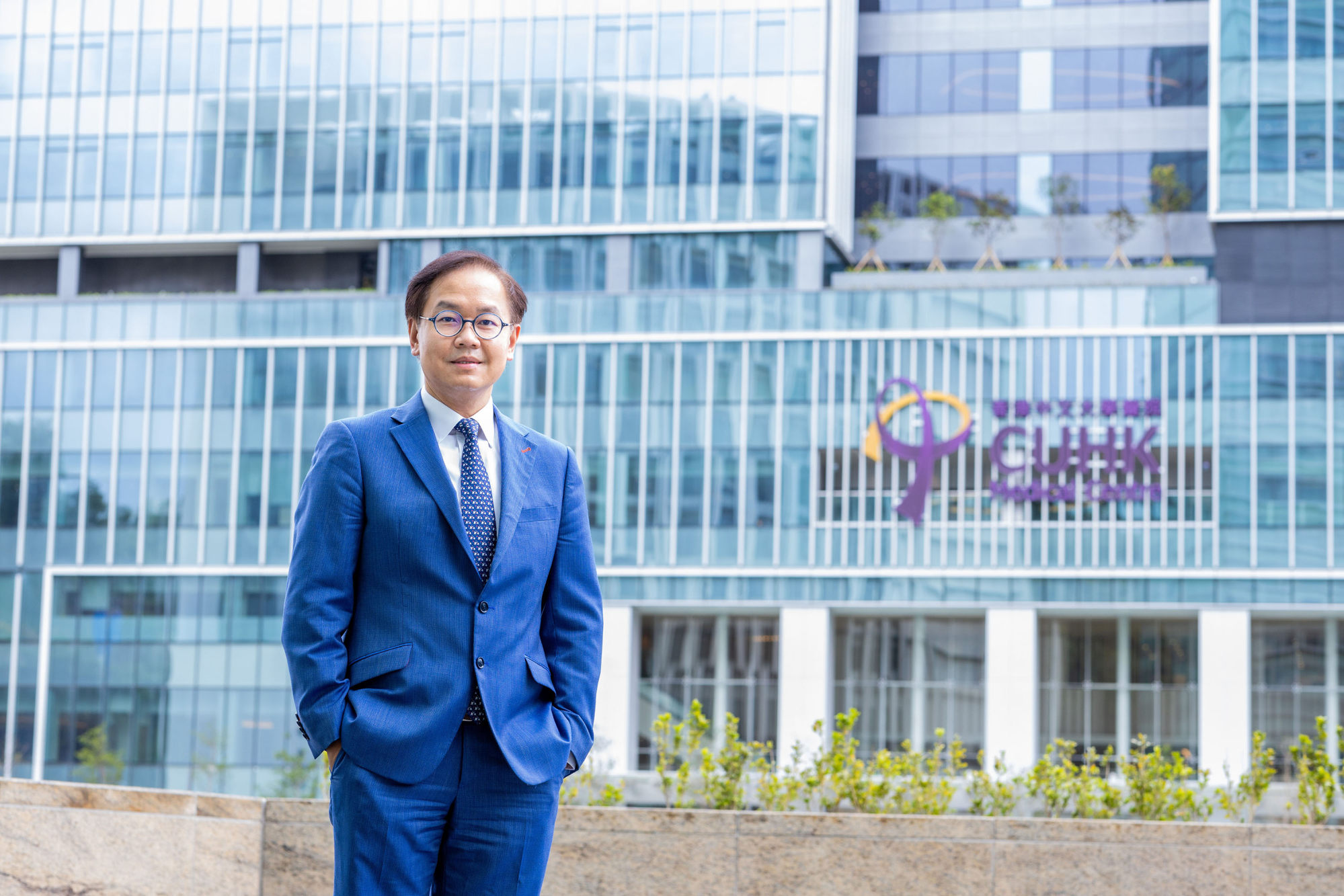Chinese University of Hong Kong plans Guangdong academic centres to boost medical research
“Hong Kong has its limitations. At the same time, neighbouring places such as Southeast Asia … and the mainland have made significant improvements in medical innovation,” Wu said in an interview last week.
The university hoped to develop academic centres at two locations. The first is the private Shenzhen China Merchants-Lippo Prince Bay Hospital expected to open in Qianhai in the fourth quarter of the year.
Wu said the university would help to establish an international medical centre at the hospital, but would not be involved in day-to-day clinical operations.
The university added it planned an innovation centre for gastrointestinal diseases there in the first quarter of next year at the earliest, and it expected to conduct research and development later.
CUHK is also working with the Guangzhou First People’s Hospital Nansha Branch to establish an international integrated medical centre early next year.
“We will help Nansha to build a medical system serving Hongkongers, including clinical services,” Wu said.
He added that the project was within the framework of an agreement signed between the university and the district government last year.

The centre would start by providing services related to gerontechnology and rehabilitation, and expand later to deal with other diseases, such as cancer and diabetes.
CUHK medical dean Professor Philip Chiu Wai-yan said the two sites would help the university determine whether it was feasible to operate academic and clinical trial centres on the mainland at those two locations in the long run.
“We hope that in the future we will be able to conduct clinical research there,” he said.
Chiu added that CUHK had not ruled out working with more partners and hospitals.
Qianhai and Nansha have attracted the attention of Hong Kong enterprises and tertiary institutions over the last decade.
Qianhai offers various preferential policy measures for Hong Kong businesses to attract investment, and Beijing has highlighted Nansha as a location for closer cooperation among bay area cities.
Nansha is home to several institutions related to the financial hub, including a branch of the Hong Kong University of Science and Technology, and a school offering primary and secondary programmes that use the city’s curriculum.
Chiu said CUHK already had experience in carrying out cross-border clinical research on medical robotics and drugs.
A surgical robotic system developed by the university engineering and medical professors was an outcome of collaboration between Hong Kong and mainland researchers.
The robotic system, called Sentire, has been used to perform operations on 55 patients in Hong Kong and more than 100 on the mainland.
The CUHK spin-off company that developed the system has applied for approval from the mainland’s regulatory agency, the National Medical Products Administration.